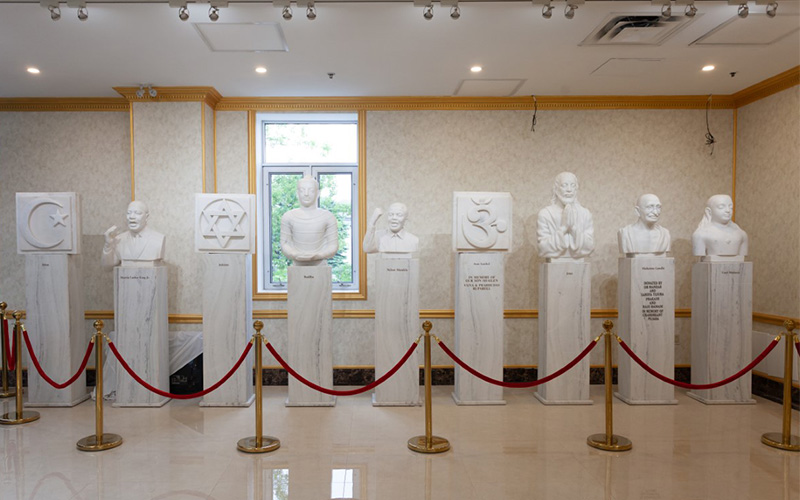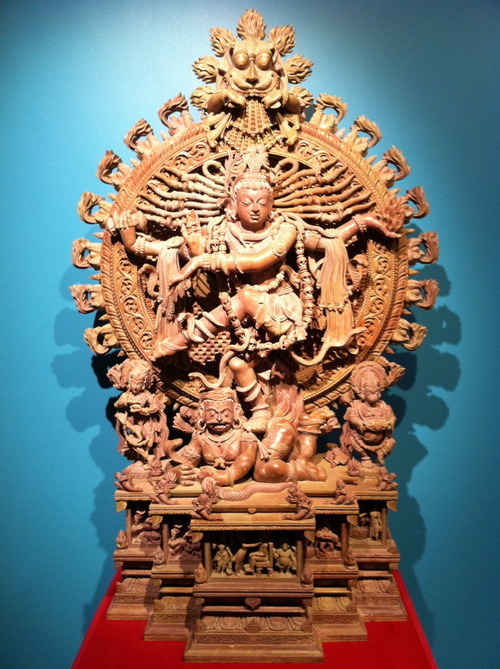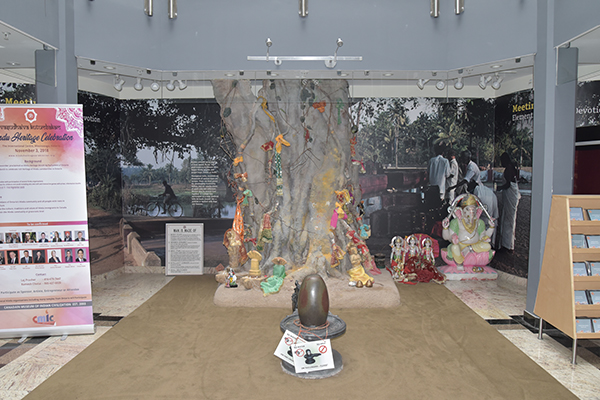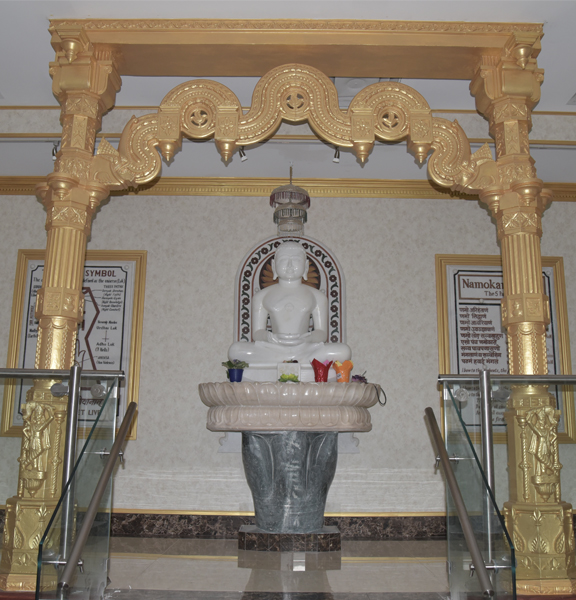The Canadian Museum of Indian Civilization (CMIC) is North America’s first museum dedicated to showcasing the essence and history of Indian culture. Immerse yourself and learn about the dynamic aspects of this ancient civilization, its birth, evolution, and integration into many world cultures.
The CMIC takes you on a journey within. It is designed to engage and enlighten through thought-provoking exhibitions and exciting new presentations.









